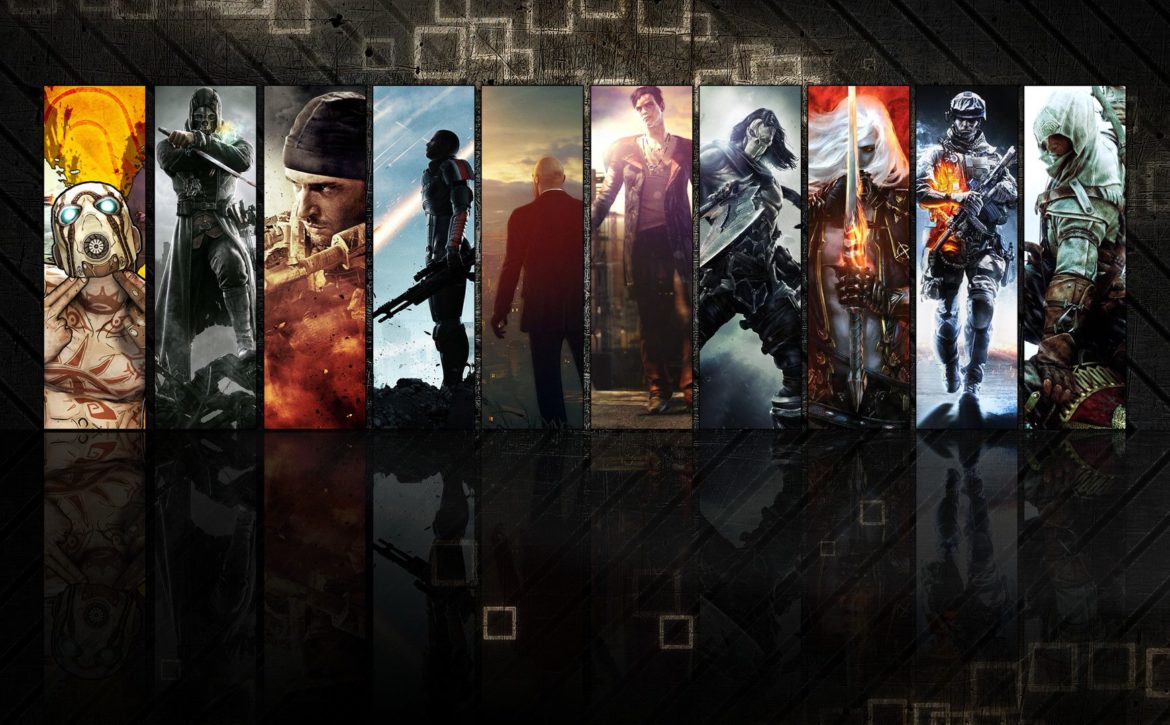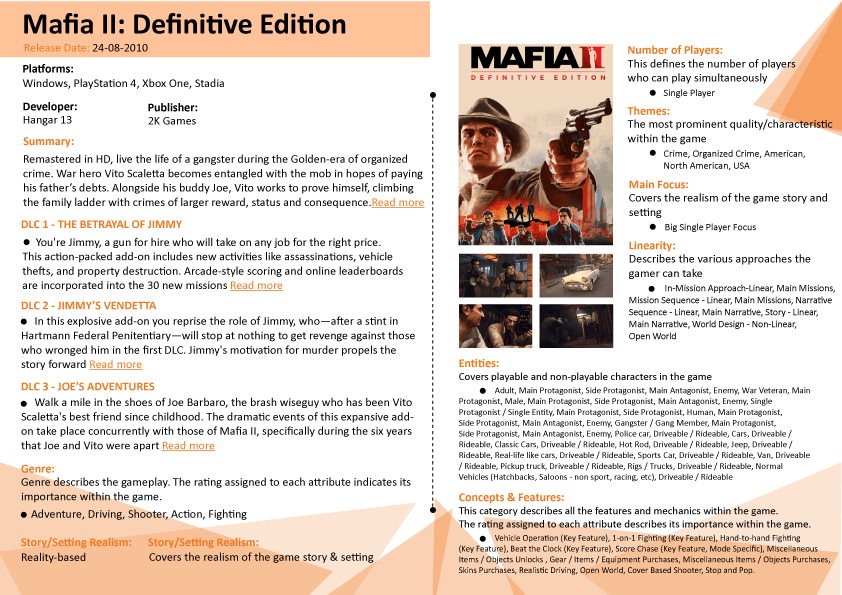AAA Games: A Comprehensive Guide
This is Gameopedia’s Game Terminology and Taxonomy series, where we talk about the different kinds of game categories and aim to give our audience in-depth knowledge about them. This blog covers everything you need to know about AAA games.
In the gaming industry, the classification of games into categories based predominantly on the games’ budget, scope, and the like can be done into AAA, AA, and Indie games. These classifications are informal and used mostly by game developers and publishers for marketing purposes as well as e-retail portals to categorize game pages. They also provide information to customers about the games’ potential.
The video games industry generated almost $180 billion in 2020. While exact figures for all AAA game-related revenue is hard, Free-to-play (F2P) Triple-A games make up for a major chunk of income, with Fortnite: Battle Royale alone contributing a massive $5.1 billion revenue in 2020.
AAA title games have always been an eagerly anticipated bunch of releases by gamers around the world. What makes them so significant to the gaming industry though? Let’s dive in.
How do we define AAA Games?
We need to start with defining what exactly a AAA game is. Triple-A games are generally classified as those which have a significant budget for production as well as marketing, and which are conventionally developed by major studios and publishers. As a result of this, these high profile games are expected to be of excellent technical and graphical quality with top notch mechanics, minimal bugs, and high production values. The term came into existence in the 90s.
Below are some examples of AAA title games, where we also go into what makes them so. The characteristics we’ve noticed are:
- Development budget: These games have a massive budget, usually ranging upward of $50 million. For example, The Witcher 3: Wild Hunt had a development budget of $81 million. It is estimated that GTA V cost over $137 million just to develop.
- Team size: The production teams for AAA title video games are huge, with at least 50 to 100 employees working on it. For instance, at Ubisoft, AAA game development involved 400 to 600 staff for open world games, split across multiple locations and countries
- Game scope: These games usually have several features and modes and are narrative based.
- Genres: Action, Adventure, Shooter, RPGs, and Sports are the most commonly seen genres.
- Graphics quality: They are expected to be high quality and have the latest in graphics technology such as real-time ray tracing, particle effects, and detailed textures.
- Technology usage: They tend to use the latest technologies like game engines, custom development tools, and more. These studios often develop their own proprietary game engines, such as Epic Games’ Unreal Engine and use expensive technologies like motion capture to render gorgeous cinematics and smooth character movement. These games are made for newer generations of consoles and a higher calibre of PCs.
- Marketing push: Marketing budgets can also be similar to or even higher than the development cost. An example would be Final Fantasy VII, which cost around $45 million to make, and had a U.S. marketing budget of around $100 million, back when it was released in 1997. Marketing often focuses on generating hype for the game through a large number of campaigns, sponsorships, collaborations, and the like. An example would be Madden NFL 2002 buying Super Bowl ads. Beautiful cinematic trailers and bonuses on pre-orders are other ways these games have improved marketing.
- Level of game polish/number of bugs: Triple-A games should ideally be well polished and have a small number of glitches or bugs due to the large number of people working on it and budget. Hiring famous and established voice actors and character models is a well-established process for these games.
- Franchise release: These games are usually intended to become a franchise post-success. For example, Skyrim, Dragon Age Inquisition, and FIFA.
- Studio size and whether they’ve made AAA titles before: These games are usually made by large, established studios or talent experienced in making them.
- Higher threshold for success: Ideally these games sell upward of 2~ million copies to break even if not be profitable, though this depends on their total budget. When The Witcher 3: Wild Hunt launched in 2015, it sold nine million units that year. In May 2020, the developing studio CD Projekt Red announced it had sold 50 million units in a tweet.
Let’s look at an example.
Destiny 2
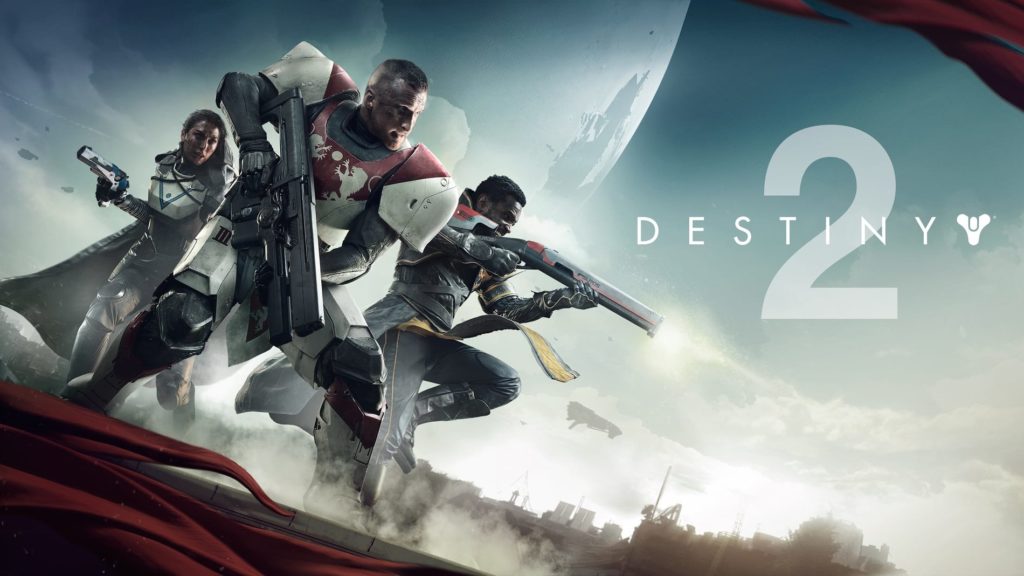
- Development budget and marketing push: According to Activision Blizzard’s CEO, it costs $500 million to develop and market Destiny games.
- Team size: For Destiny, according to Butcher, the game’s lead engineer, “If you count all of the test and development and support staff then we’re over 400 people.” Destiny 2 has at least that many if not more, considering the new content they keep releasing.
- Game scope: The game features a multiplayer “shared-world” environment with elements of role-playing games. Like the original, activities in Destiny 2 are divided among player versus environment (PvE) and player versus player (PvP) game types. There have been several massive expansions as well, with the latest being new Halo guns being released as a reward as Bungie celebrates their 30th anniversary.
- Genres: It is a free-to-play online-only multiplayer first-person shooter video game released in 2017. It was originally a pay-to-play release but in 2019, was made F2P.
- Critical reception: Destiny 2 received “generally favorable” reviews, according to review aggregator Metacritic. Its gameplay and story were both highly praised by several reviewers and publications. It was nominated for and won Best PC Game of 2017 at the Game Critics Award.
- Graphics quality: The game’s graphics and gameplay were both highly praised by publishers.
- Technology usage: It was released for the latest generation of consoles available then (the PlayStation 4 and Xbox One) as well as Windows, though you would need a mid to high range PC to properly play the game. Later, when Google Stadia was released, Destiny 2 was re-released as an F2P game by Activision across all platforms. It has recently been upgraded for the new generation of consoles (the PlayStation 5 and Xbox Series X/S) as well.
- Level of game polish/number of bugs: Destiny 2 was relatively free of game-breaking bugs and came well-polished. The game’s frequent patches and updates tend to ensure this is consistent.
- Franchise release: This game is a part of the Destiny franchise, with similar gameplay elements and lore.
- Studio size and whether they’ve made AAA games before: Bungie, the studio behind Destiny 2, is also responsible for creating the famous Halo franchise.
- Threshold for success: In 2017, post-release, Bungie shared that millions of people had played Destiny 2, with as many as 1.3 million doing so at the same time. It was also the second highest-grossing console game of 2017 in North America, and was Activision’s biggest PC release based on units sold. Activision also said that Destiny 2 set a day-one sales record on the PlayStation Store.
Why are AAA Titles Important?
AAA games are vital as they historically have driven the industry and pioneered innovation. An example of this are the Triple-A titles produced during the late 1990s and early 2000s. They brought a shift towards more narrative-driven games that mixed storytelling elements with gameplay. With larger budgets, developers found new innovative ways to present narrative as a direct part of gameplay rather than as pre-rendered cutscenes. Half-Life was one of the first of these new narrative games to nearly eliminate cutscenes in favor of interactive storytelling mechanisms.
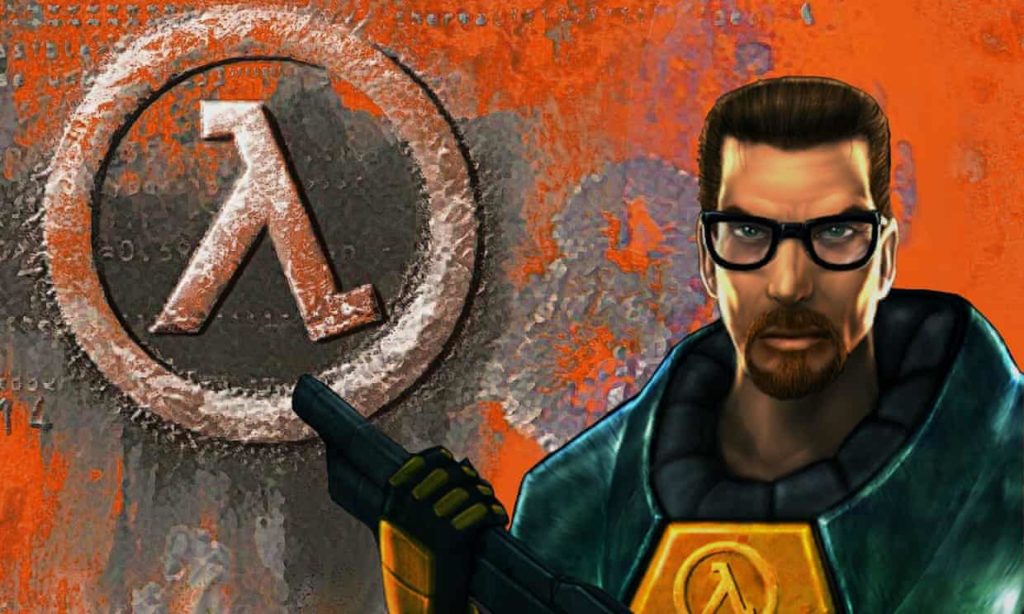
AAA title games are likely to continue in this manner. They offer recognition to their production and development teams which aids in getting talented personnel, epic entertainment experiences which attract large audiences, and access to new technology which fosters major innovations. Games and gamers will continue to evolve, but the scale and scope of Triple-A will continue to be vital to provide amazing opportunities.
History of the AAA Game Industry
The term “AAA” started to be heard frequently in the late 1990s, when a few development companies started using the expression at gaming conventions in the US. The term was borrowed from the credit industry’s bond ratings, where “AAA” bonds represented the safest opportunity most likely to meet their financial goals.
One of the first video games that was developed at an Triple-A scale was Squaresoft’s Final Fantasy VII in 1997, which cost an estimated $40–45 million (post adjustment for inflation, $64–73 million) to develop, making it the most expensive video game ever produced up until then. It had unprecedented cinematic CGI production values, movie-like presentation, orchestral music, and innovative blend of gameplay with dynamic cinematic camerawork. Its expensive advertisement campaign was also a novel venture for a video game.
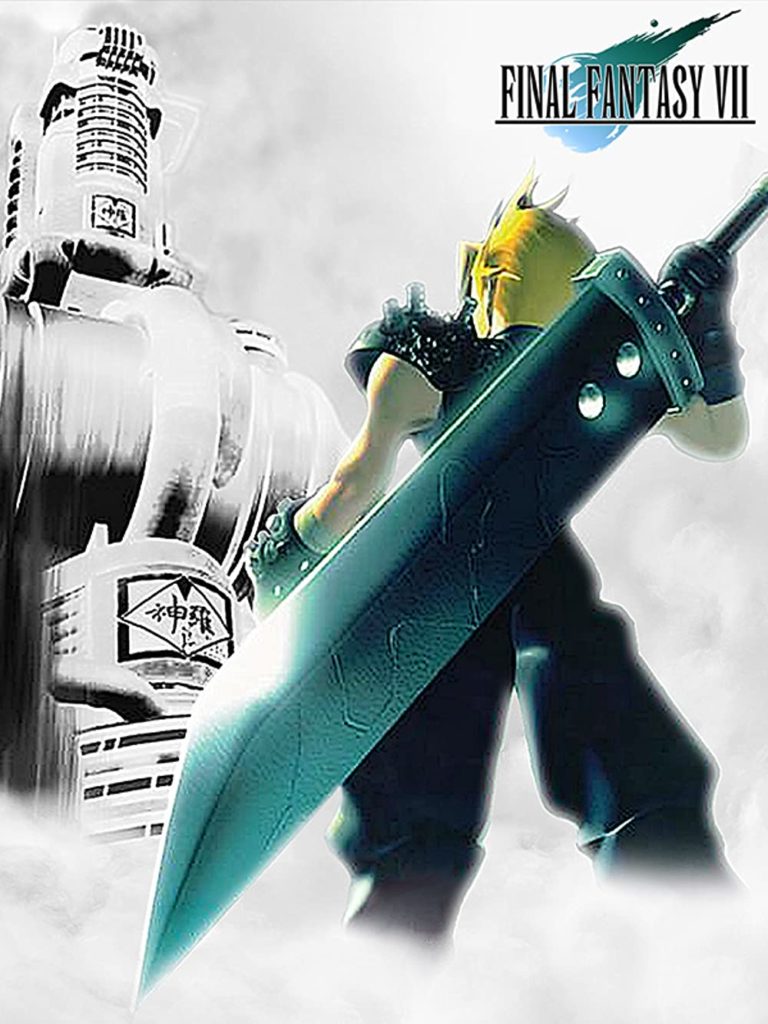
This spurred on future AAA title releases to have a strong emphasis on innovation and narrative-driven gameplay set amidst state-of-the art graphics.
The Most Famous AAA Studios
Now that we’ve examined what exactly makes a AAA game, below are some of the most beloved and prominent Triple-A studios with their popular releases. This isn’t an exhaustive list by any means- it is just meant to provide you with an idea of what kind of studios develop and publish these games.
- Square Enix (Final Fantasy, Tomb Raider)
- Ubisoft (Assassin’s Creed, Far Cry)
- Riot Games (League of Legends, VALORANT)
- Rockstar Games (Grand Theft Auto)
- Nintendo (Mario, Pokemon)
- Activision (Overwatch, Call of Duty)
- EA (FIFA, Battlefield)
- Bethesda (The Elder Scrolls, Fallout)
- Capcom (Resident Evil, Street Fighter)
- Sony Interactive Entertainment (God of War, Gran Turismo)
Prominent Genres and Trends of AAA Games
In one of our prior articles, we explored genre trends in the console market across the past five years for AAA, AA, and Indie releases. This graph below showcases the major variations in genre trends across the last five years related to Triple-A games.
AAA Genre Trends
You can see that two genres feature consistently at the top every year – Action and Adventure. Some of the popular games belonging to these two genres over the past five years include Uncharted 4: A Thief’s End (Action, Adventure), Red Dead Redemption 2 (Adventure), and Call of Duty: Black Ops Cold War (Action, Shooter).
Some of the most well-received Role-Playing Games of the past five years are all AAA titles. These include Final Fantasy VII Remake (Role-Playing) and Assassin’s Creed Odyssey (Role-Playing, Adventure).
Sports games have been consistently popular with AAA publishers as well. There’s a reason for this: licensing costs for these sports leagues go into hundreds of millions of dollars and only AAA studios can really foot this hefty bill.
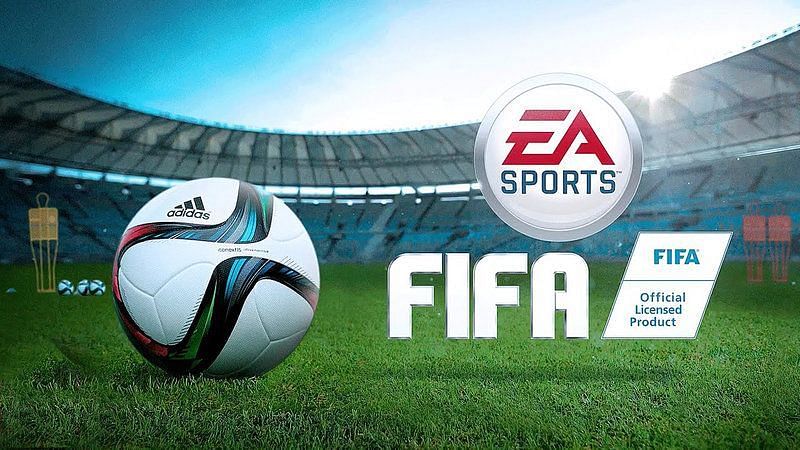
There are a few annual sports franchises – FIFA, NBA 2K, Madden NFL, and NHL – which make up for the bulk of sales and media attention each year.
Franchises
Quite often, AAA title games are intended to be a series of games under a similar title or set in the same universe. Popular characters come back and/or are referred to, and the storyline may continue. The technical definition of a video game franchise would be an iterative series of game products developed around a demand for the services/value of the intellectual property. Once a new single and unique game is released and copyrighted, the brand is established with the first iteration consisting as the IP’s basis of design and definition.
AAA titles are unique amidst other game types because they are developed often with the intention of being a franchise. The massive investment these games require means that they become franchises if the initial game is successful. An example of this not occurring would be Kingdoms of Amalur: Reckoning. This was an action RPG game released in 2012 with a sequel planned, developed by 38 Studios and Big Huge Games. The studio secured a $75 million loan guarantee from the economic development board of Rhode Island for establishing 38 Studios within the state and promoting job growth. The initial sales within the first three months post-release were around 1.3 million. Though impressive, Rhode Island recognized that the title was expected to have hit 3 million units by this point for 38 Studios to pay back the loan.

38 Studios defaulted on one of the loan repayments, leading to a publisher to pull out of a US$35 million investment in a sequel. The studio managed to make the next payment, but could not make payroll or other expenses, and shortly later declared bankruptcy by May 2012. On the contrary, games like Call of Duty, FIFA, and the like, once successful initially, have continued being a great source of revenue for their developers and publishers.
Publishers like going for franchises because they already have a dedicated fanbase who would be interested in the game beforehand and this increases copies sold. It is also easier to build upon a pre-existing universe and lore. The most successful video game franchises have been made by AAA developers and publishers and remain popular till date because they have developed a large audience over time while maintaining a reasonable quality to their products to keep their players happy.
The Future of AAA Games
When AAA games started out, the focus was on pushing out innovative single-payment games with great narratives, gameplay, and state-of-the-art graphics. However, with budgets being so high for these games, they had to think out of the box to beat their competition and make a profit. One of the major ways they did this was after the release of the 7th generation consoles. Along with the internet capabilities of that time, these studios were now capable of releasing optional post launch content for games. Games received bonus content in the form of DLCs, which added new areas, quests, and storylines for the player to enjoy.
A lot of AAA games these days follow the GaaS- games as a service. GaaS is a business strategy while F2P is a revenue model. The most successful AAA titles which use this model ensure that they are transparent about what players get by buying a subscription or season pass, and that this is more than the cost of entry. Another thing to note when it comes to GaaS games is how they manage tie-ups and sponsorships. Whether it is Valorant’s Zedd x Valorant series of gun skins or Fortnite’s various collaborations with movies, shows, and musicians, they capitalize on several fanbases to sell add-ons to their players that make them happy.
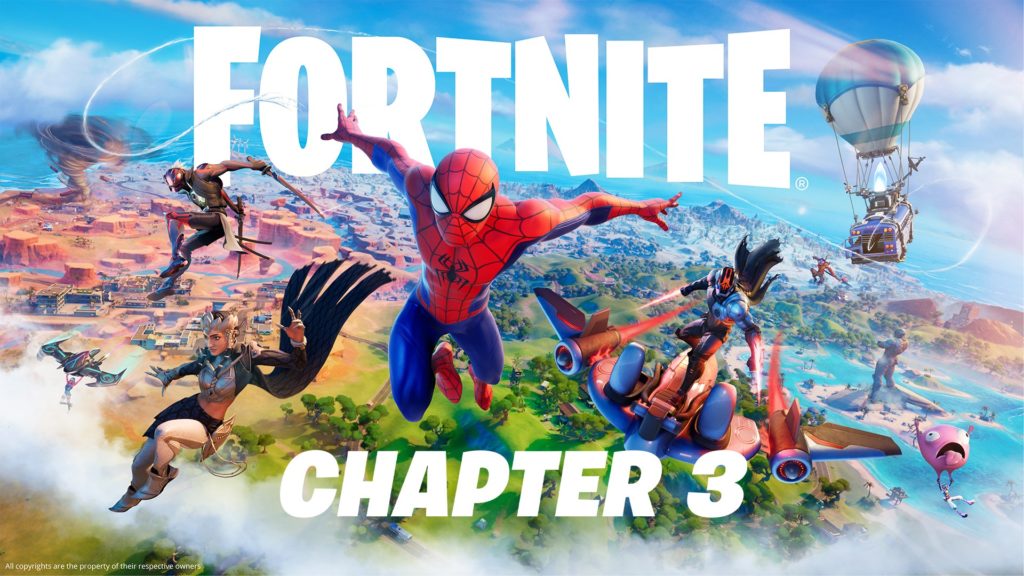
However, microtransactions, loot boxes, and the like which necessitate additional payment from players for uncertain rewards, especially when it’s hard to grind these rewards which are almost compulsory for game progression for free, have proven unpopular. These questionable business tactics have led several gamers to boycott such games. It is however heartwarming to see games like Borderlands 3- a game where loot boxes and microtransactions can thrive- outright stating that there would be none of those. And they kept their promise. Studios which manage to successfully make and sell games without resorting to microtransactions and loot boxes continue to be well received.
Another trend to notice: in the last decade, free-to-play GaaS AAA games have more than proved their mettle as revenue generators, with games like League of Legends, Apex Legends, and Fortnite generating billions of dollars in profit for their developers and publishers, while also driving a related industry up significantly- esports, which in turn improves their popularity and brings in more players.
AAA giant Ubisoft said that they would be “focusing less on AAA games” and more publishers seem to be heading down a similar route as mobile games prove to be the area of largest profit. More and more Triple-A studios are looking towards GaaS and F2P games to bolster their profits. This however doesn’t mean that Triple-A games are dying. AAA titles will always be a dependable bastion for gamers to return to for their preferred franchise, such as the latest FIFA or newest Assassin’s Creed release.
It seems likely that the future of AAA games will proceed in three major directions:
- An increase in adoption of the Games as a Service (GaaS) model for games which are extremely rewarding for their players and generate a good deal of revenue.
- The usual franchises remaining as popular as they always have been thanks to their dependable fanbases, as well as established AAA studios trying to make high-quality games for the new generation of consoles and computers.
- New developments in technology such as VR and AR leading to games that are the first of their kind.

According to Harold Ryan, ex-president/CEO of Bungie, the studio that developed Halo and Destiny, “At their best, Triple-A games can be a generation-defining experience with an oversized cultural impact. They have the power to inspire and influence gamers to become developers.” While games at the end of the day derive their value from the enjoyment they provide to their players, AAA titles show no sign of losing their relevance now, or in the future.
We at Gameopedia have specialized in collecting and curating game information for the last 12 years and have been working with companies across the gaming ecosystem. From release dates, genres, and descriptions to in-depth game breakdowns, we strive towards providing the best to our clients. Reach out to us at [email protected] to learn more about our offerings.


